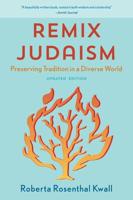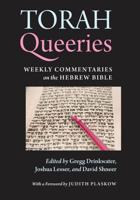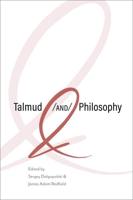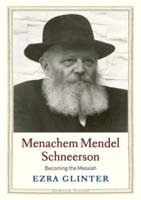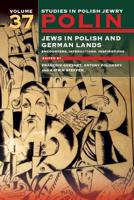Publisher's Synopsis
This book concerns the definition of the category-formations of the Halakhah, which are defined by the Mishnah: why these, not others? The question breaks into two parts: why the particular method that is identified as the generative hermeneutics of the Halakhah, or law, of that Judaism? Second, can we account for the topics that the Mishnah-Tosefta-Yerushalmi-Bavli would introduce into the system, beyond the repertoire at the foundations defined by the analytical-topical hermeneutics that defines the normative category-formations? In answering the second question the book accounts for the analytical topics themselves. It defines the indicative traits that characterize all topical-analytical category-formations. Neusner claims to have identified the architectonics of the building, to know what holds the whole together, to account for the composition and the construction of the parts. These part or category-formations, all together, in proportion and in balance and sublimity seen whole on site, are Judaism.

